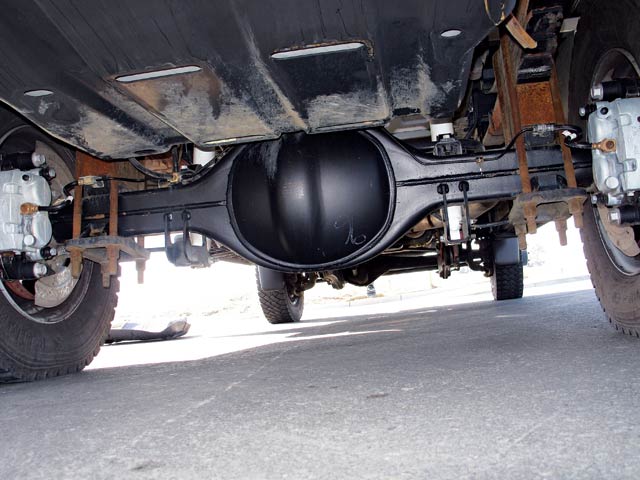There are many different types of vehicles on the road with many different components and systems. One of the most important parts of your vehicle is your drivetrain and knowing how it works is just as critical. Your vehicle will have either front-wheel drive (FWD), rear-wheel drive (RWD), all-wheel drive (AWD), or four-wheel drive (4WD or 4X4).
Different tasks will require different drivetrain systems and picking the right one to suit your needs is crucial when looking for a vehicle. Here is a brief description of each of the different drivetrains and some examples of what vehicles you may find them on.
Front-Wheel Drive
Front-wheel drive is the most common system and will be found on most vehicles on the road today. On this drivetrain, power is sent to the front wheels only and the car or truck is essentially being pulled down the road. This configuration is good for vehicles that don’t require much off-road capability and are primarily used to transport you and your passengers. Some examples of front-wheel drive vehicles are the Chevrolet Impala, Toyota Camry, and Volkswagen Passat.
Rear-Wheel Drive
In a rear-wheel drive system, the power is directed to the back wheels and pushes the vehicle from the rear. These types of vehicles typically don’t handle as well as front-wheel drive vehicles in inclement weather. You can generally find this drivetrain on trucks and sports cars such as the Ford F-150 (also available with 4WD), Chevrolet Camaro, and Dodge Challenger.
All-Wheel Drive
With an all-wheel drive system all of the wheels on the vehicle are working to propel it down the road, though not equally. Many of these drivetrains will dispense 60% of the power to the front and 40% to the rear, or 70% to the front and 30% to the rear. These systems are handy when driving in rain or snowy conditions. Some examples include the BMW 330xi, nearly every Subaru model, and the GMC Terrain.
Four-Wheel Drive
Four-wheel drive is the first choice among off-roaders and vehicles that may need to haul or tow a heavy load or piece of equipment. Unlike all-wheel drive, four-wheel drive can be turned on and off by the operator to suit their needs. Under normal operation, the vehicle will only be powered by two of the wheels until all of them are needed. Driving through sand, mud, or snow will become a breeze once this system is engaged. Some examples of four-wheel drive vehicles would be the Jeep Wrangler, Chevrolet Tahoe, and the Toyota Tacoma.
